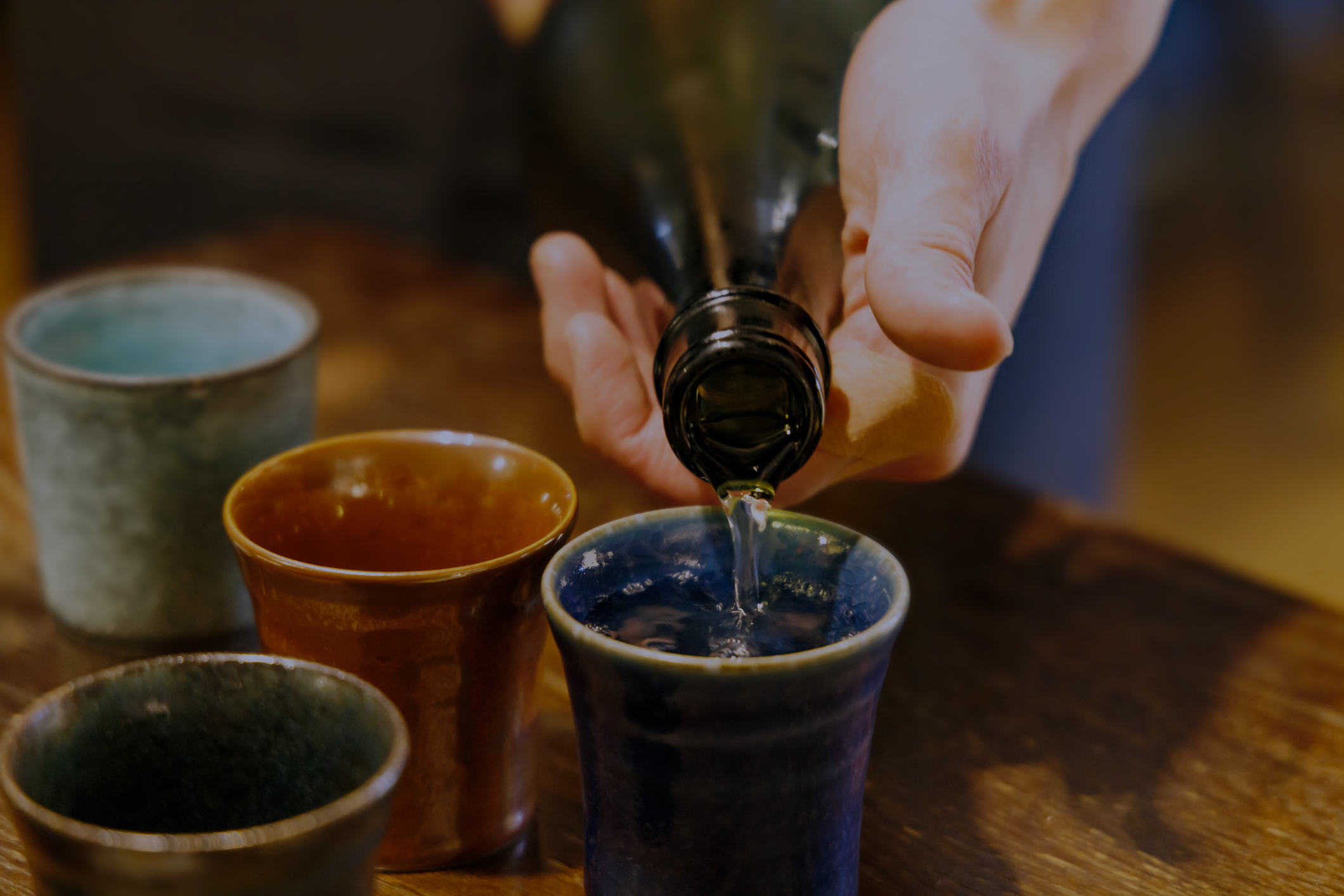
Resources

Although shochu has recently become much more popular than sake in Japan, the reality is that shochu is not as popular as sake in the U.S. Some people don't even know the meaning of the term "shochu." In this case, wait staff will have to educate the customer and recommend ways for enjoying this new drink. We suggest that the wait staff should know the following things, and the recommendations are based on the level of the customer's knowledge about shochu.